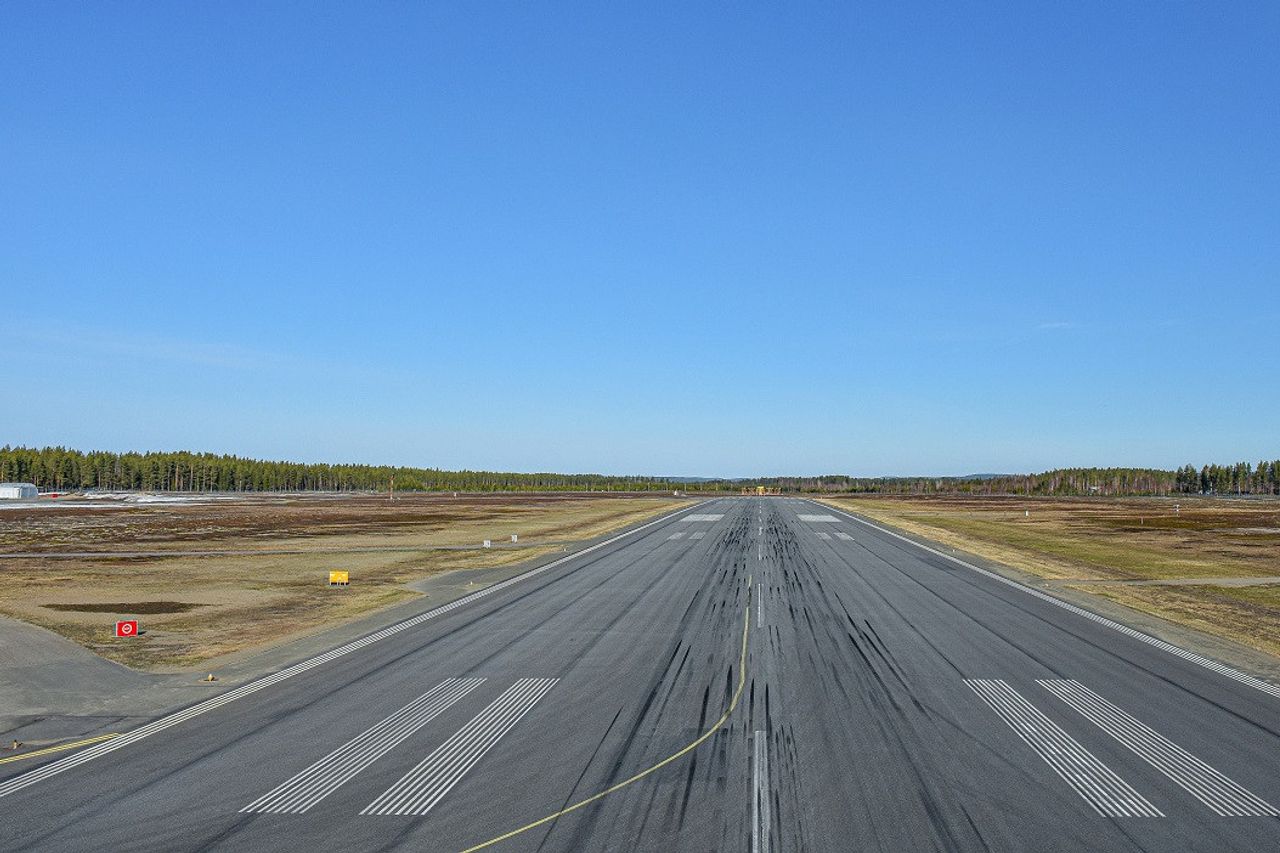Aviation Expert Highlights Revision Of Runway Safety Zone Regulations After Jeju Air Tragedy

JAKARTA - Aviation experts on Tuesday highlighted the need to revise airport safety rules regulations, including those related to the runway safety zone, as the spotlight points to a concrete structure near the runway that may exacerbate the severity of casualties in the Jeju Air crash.
The existence of a concrete structure is also material for the investigation of the tragedy investigator to find the cause of the accident, in addition to possible bird strikes.
The Boeing 737-800 aircraft belonging to Jeju Air airline with flight number 7C2216 and registration of HL8088 from Suvarnabhumi International Airport, Thailand had a fatal accident while landing at Muan International Airport, South Korea on December 29.
The plane carrying 175 passengers and six crew members on the flight turned into fireball after making an emergency landing and hitting the wall. Only two crew members survived the incident.
The concrete structure near the runway at Muan International Airport houses a navigation system that helps land the plane, known as a localizer, and is about 250 meters from the end of the runway, quoted from The Korea Times December 31.
Many experts think the number of victims could be much lower, if the concrete structure did not exist.
The Ministry of Transportation has defended the localizer position, stating it was installed in accordance with existing regulations.
The government's flight regulatory guidelines require all equipment or installations that are considered obstacles at airport locations to be installed on easily broken structures, but this only applies within the runway's end safety area (RESA) that has been set.
RESA refers to a zone outside the end of the runway designed to prevent aircraft damage, in the event of a landing that goes beyond the boundary or landing that does not reach the runway.
The ministry said localizer equipment in Muan was not subject to this requirement, because it had been installed outside the airport's RESA which was 199 meters away.
The minimum RESA distance required by international standards is 90 meters, according to the ministry, although the recommended distance is 240 meters.
The ministry admits that several domestic airports, including in Sacheon, Gyeongju, and Muan, have RESA shorter than recommended, which is 240 meters.
Meanwhile, separate government guidelines related to the design of airport facilities and airports stipulate that localizers must be included in the expanded RESA for the basis of a precision approach.
However, experts have stressed the need to revise related regulations, with most agreeing to the presence of localizers exacerbating the impact of accidents.
"While there may not be legal problems under current regulations, this regulation has existed since an accident like this had never happened," said Chung Yoon-shik, professor of aviation at Kwandong Catholic University.
"Now that the accident has occurred, regulations need to be improved," he added.
Meanwhile, Hwang Ho-won, professor of aerospace law at the University of the Korean Aerospace, voiced this view, confirming that the problem is not just about the distance between RESA.
SEE ALSO:
"Inaccurately installed concrete bends must be removed first and the engineering material (GOLD) retaining system must be installed," said Hwang.
The EMAS allows the plane to sink into light material, which helps the plane slow down quickly as it passes through the runway.
Hwang added, "For airports with shorter RESA, GOLD can significantly increase friction to reduce aircraft speed, improve safety as long as the aircraft passes through the runway or cancelable takeoff."
